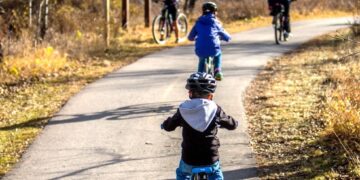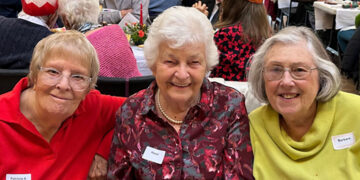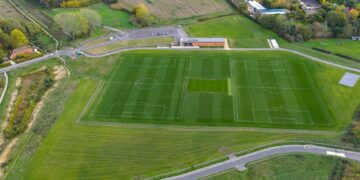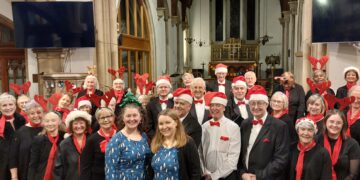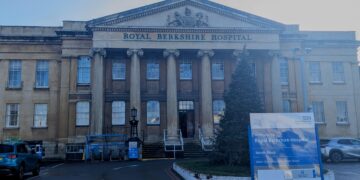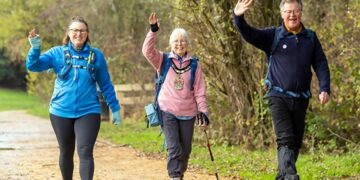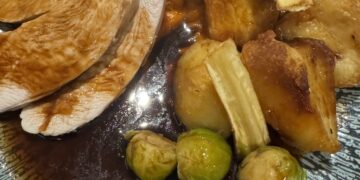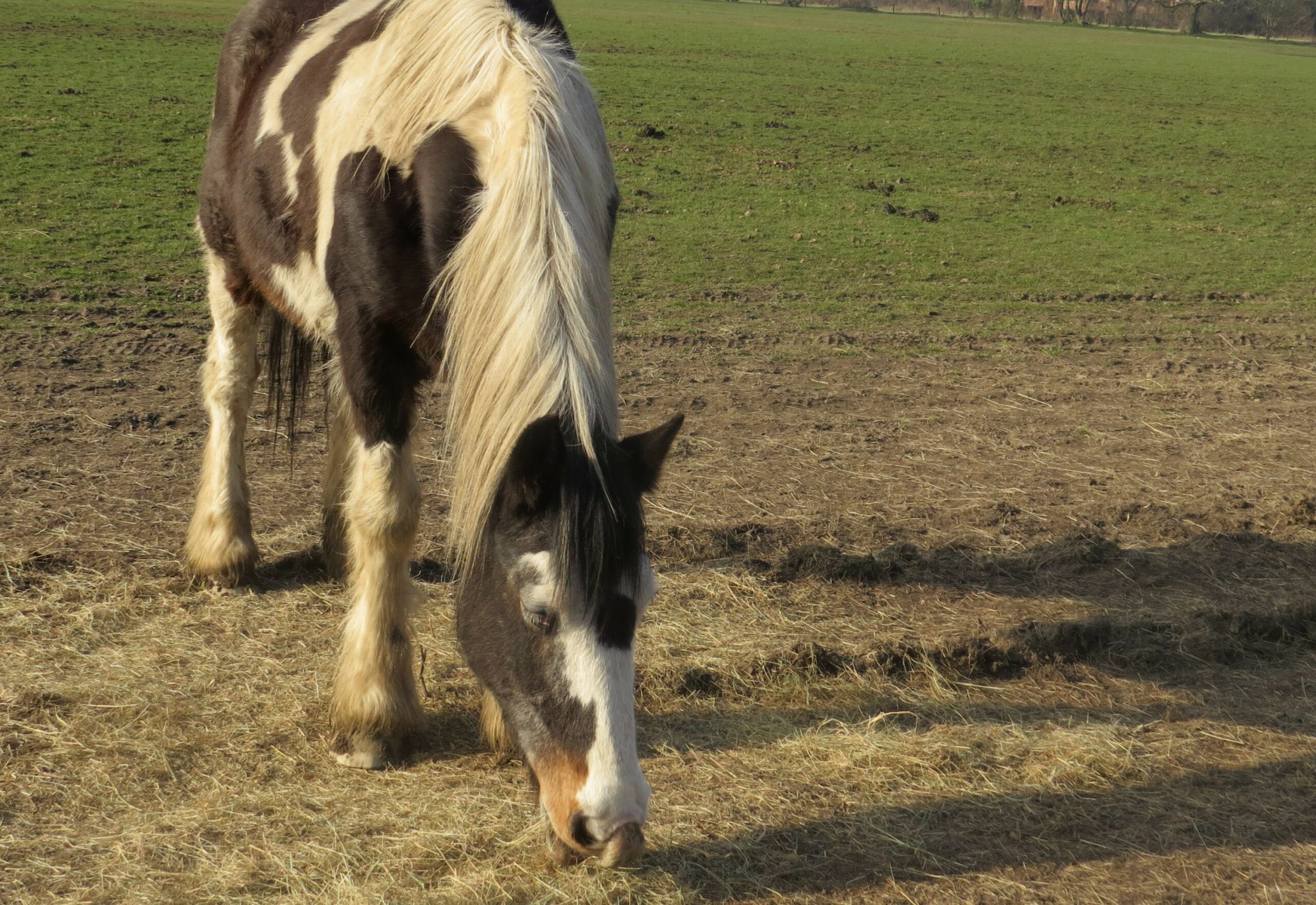Villagers who clubbed together so a barrister could help them fight 200 new homes turned out in force to hear a key part of the inquiry into the plan.
Hurst Parish Council obtained special Rule 6 status so they could play a major part at the inquiry into whether the homes should have planning permission. It was an unusual move for a parish council.
Last Thursday the council, supported by the barrister, put their case as to why the scheme for a green field in Tape Lane and Lodge Road should be turned down.
Council chairman Wayne Smith said the site meant villagers experienced “a rural, quiet calm with ponies gently grazing.”
Having a nature reserve and wildlife site nearby meant people could “stop and stare, talk to the ponies, observe a pastoral scene and … wildlife as they walk to and from school, the village hall etc.
“This is in direct contrast to walking through an urban housing estate. The field and the tranquillity it provides has stood unchanged for centuries.”
Whistley Green settlement including the site went back to the pre-Bronze Age.
The field was very dark at night with a rural atmosphere “as the owls screech [and] badgers, foxes, hedgehogs and other nocturnal wildlife go about their business.”
The proposed way to help bats would be difficult to maintain once new residents lit their gardens.
Hurst residents had robustly objected to development there for decades. All planning applications since 1958 had been dismissed at appeal. Hurst and Whistley Green, now separate, would join with the separation [area] becoming an urban sprawl.
A suggestion that 200 homes, garages, roads and pavements would cause ‘moderate adverse change’ was woefully underestimated, he said.
The site had mature trees and centuries-old hedges. He claimed that two mature oak trees in the way of the proposed access had been felled in March 2021, just before the planning application.
Councillor Smith said Hurst villagers were overly reliant on cars. [The Government wants car use reduced to cut emissions.] Winnersh and Twyford stations, Twyford village, secondary schools and the GP surgery were beyond acceptable walking distances. The village shop stock was limited. Residents had to travel further for better services.
Pavements were unlit, not continuous and most too narrow for pushchair, wheelchair and mobility scooter users, who often had to go into the road. There were unsafe routes to Twyford and Winnersh stations, Dolphin School, Woodley via Sandford Lane, and the Jolly Farmer and Wheelwright’s Arms pubs. The very young, elderly people and those with mobility issues were unlikely to cycle.
The bus service was inadequate. St Nicholas School admitted only 20 children a year and would not have space for children from the proposed homes who would have to go to school by car. The bus service level was not practical for getting children to The Colleton School at Twyford.

